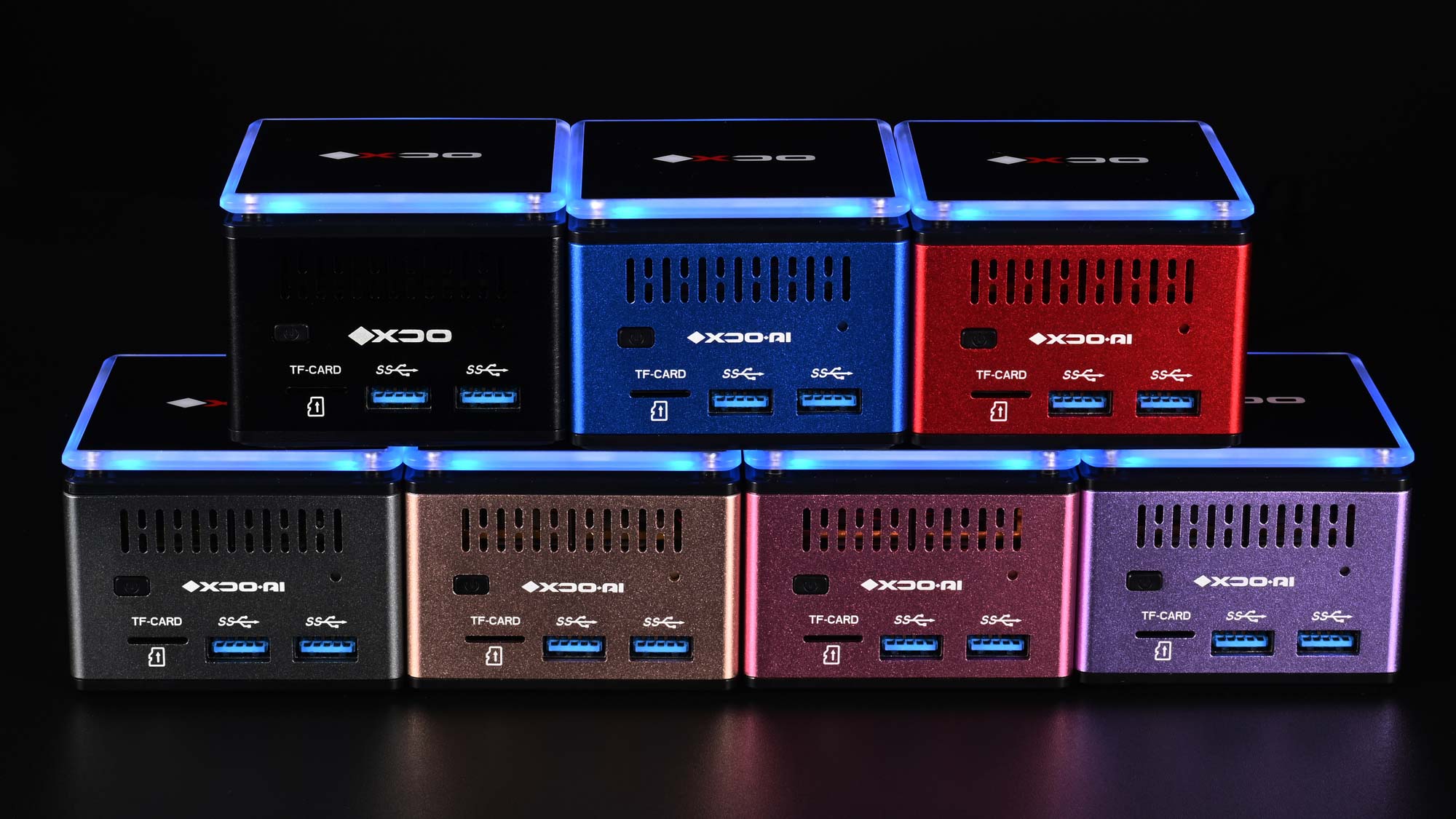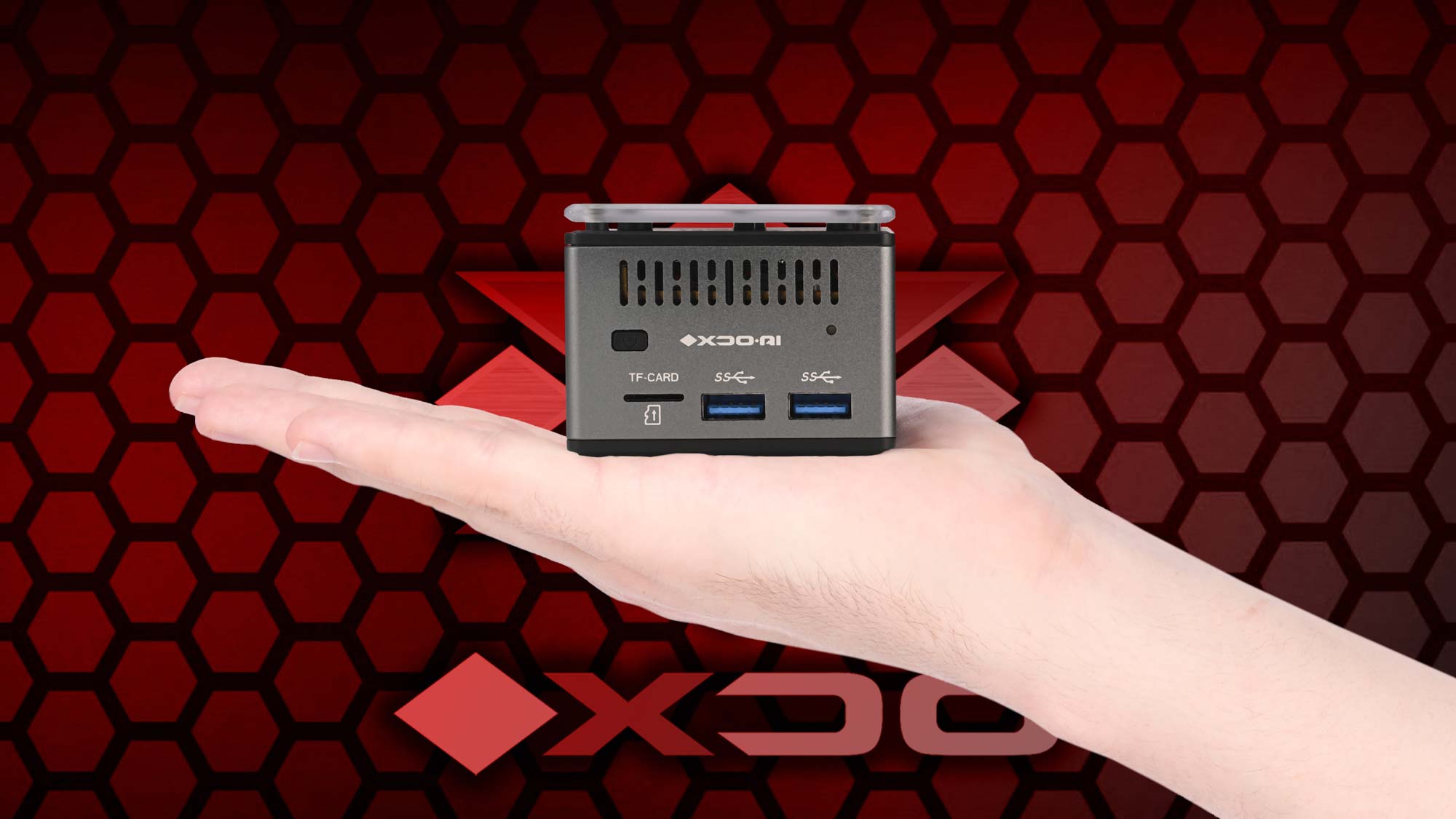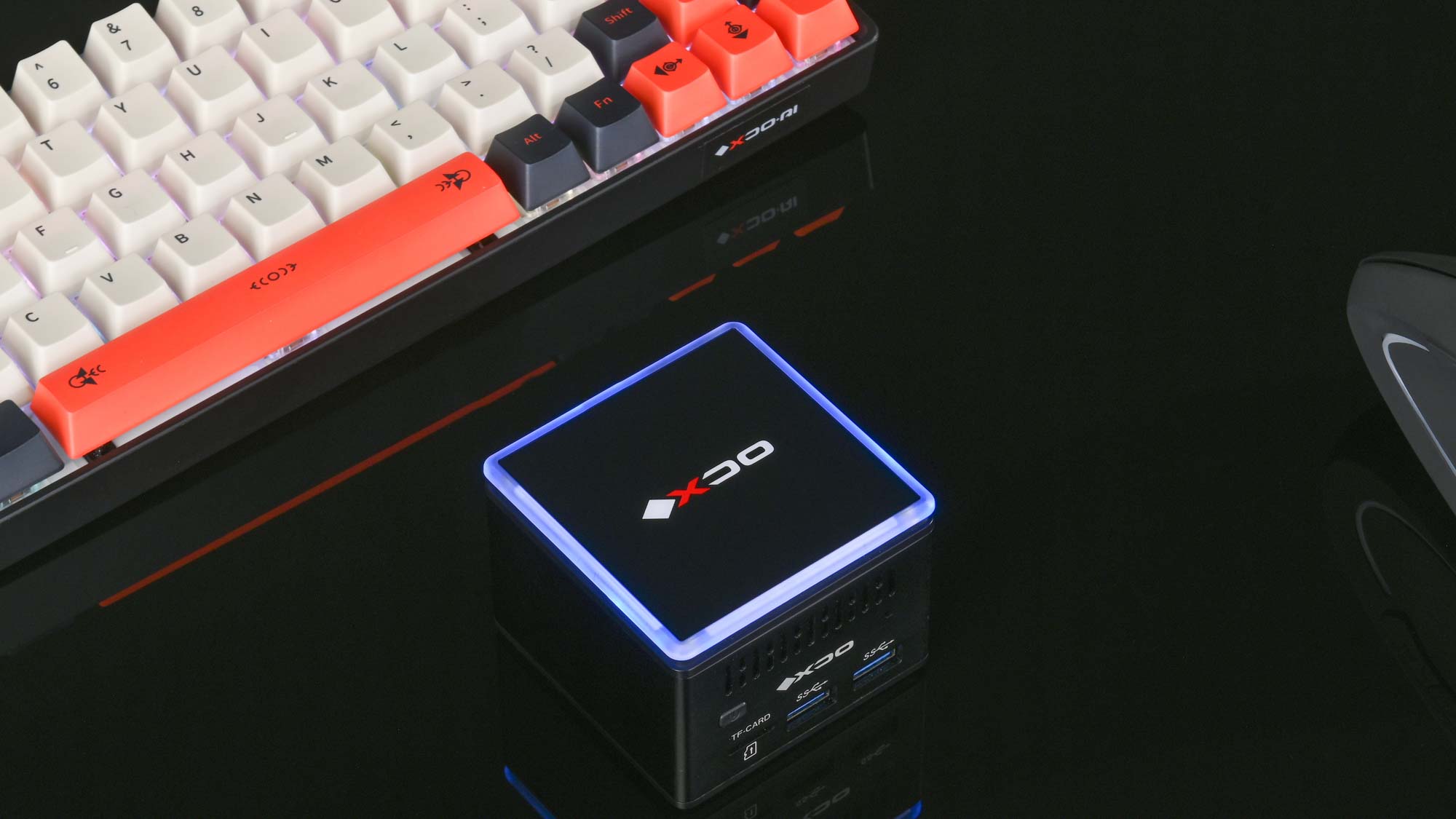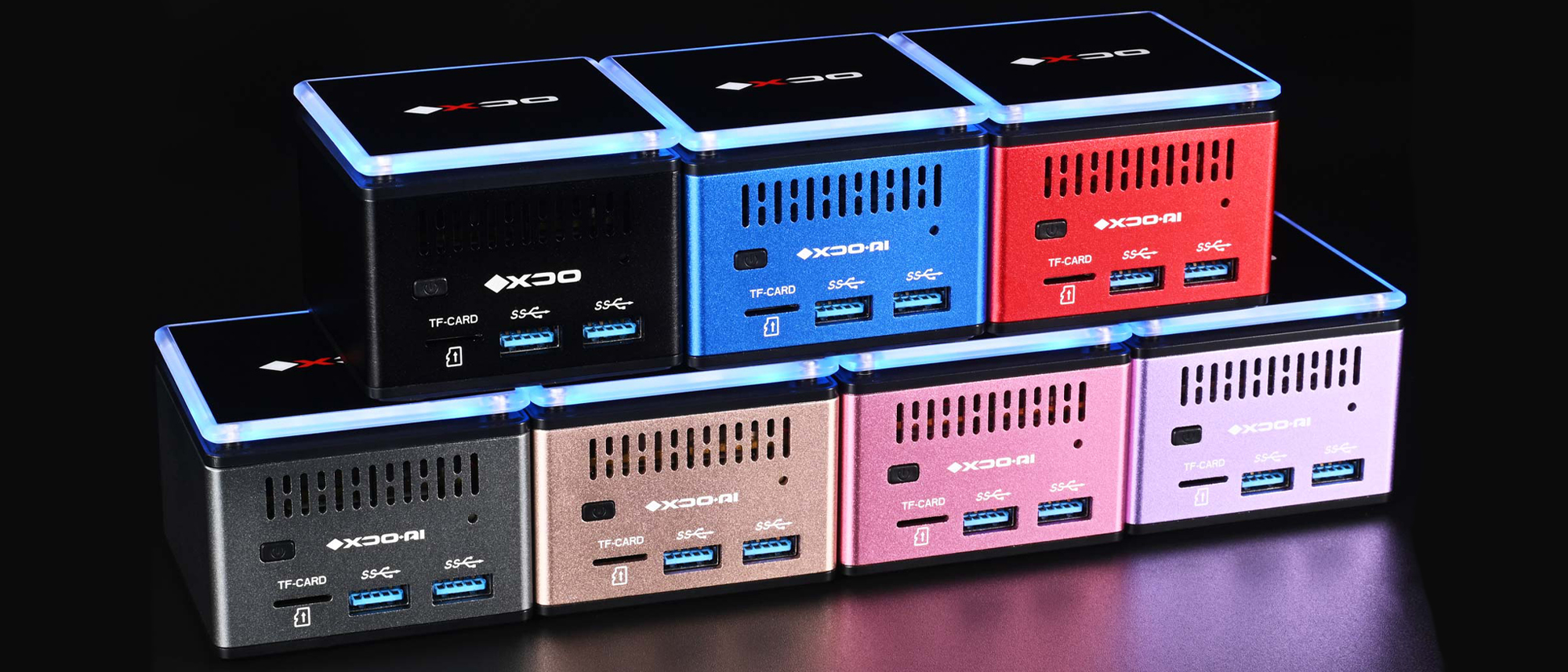Tom's Guide Verdict
The Pantera Pico is a tiny PC with a lot of horsepower given its diminutive size. While it has excellent desktop applications, it also excels as an HTPC.
Pros
- +
Excellent hardware given the price
- +
Very affordable
- +
Tiny footprint
- +
Plenty of ports
Cons
- -
No LAN port
- -
Kickstarter funding/pre-order
Why you can trust Tom's Guide
Price: Starts at $219
CPU: Intel Celeron J4125
RAM: 4GB, 8GB
Storage: 64GB, 256GB, 512GB, 1TB
Ports: 3x USB-A 3.0, 1x USB-A 2.0, microSD, HDMI
Dimensions: 2.6 x 2.6 x 1.75 inches
Weight: 6.2 ounces
Tiny form factor PCs like the XDO Pantera Pico have always been a niche thing, but I find them interesting nonetheless. Of course, devices like this are quite limited due to hardware constraints, restricted to the most basic of tasks (web browsing, web apps, etc.). However, they can excel at being home theater PCs (HTPCs), too. The Pantera Pico I received for review found a home as just that: an HTPC that could possibly replace my Nvidia Shield TV or Chromecast.
The real bummer with the Pantera Pico is that XDO used Kickstarter (and now Indiegogo) to fund the project, but at least the thing actually exists. You can pre-order one of these in a few different configurations and save some money with early bird pricing. But even at full price, it’s a great tiny PC for basic tasks. Hook up a monitor, connect a mouse and keyboard, and you’re off to the races — or a remote, if you go the set-top box route.
In this XDO Pantera Pico review, I’ll not only touch on this little computer’s merits, but also how it ultimately turned out as an HTPC.
XDO Pantera Pico review: Price and availability
The Pantera Pico comes in a few different configurations. The base model has 4GB of RAM and 64GB of storage for $219. The 8GB+256GB variant will cost $249, the 8GB+512GB $279, and 8GB+1TB $349.
If you pre-order on Kickstarter, you can get some nice early bird pricing. Early bird pricing has been extended over on Indiegogo.
XDO Pantera Pico review: Design
The Pantera Pico comes in some fun colors and I received the red model. While it certainly stands out against my dark furniture and devices, it also adds some life to the PC itself. But you can get black, pink, blue, bronze, and lavender, too.

Otherwise, the PC is a little cube, measuring 2.6 x 2.6 x 1.75 inches. Both the front and back contain the ports and vents line the sides. There’s a blue light that runs around the clear border on the top, where you’ll also find the glossy black cover and the XDO logo.

If anything, this design choice cheapens the Pantera Pico for me. The aluminum body looks pretty nice, but the light square and top do not. A matte cover and a simple, single power LED would have sufficed — the blue light is quite bright and the glossy top shows fingerprints and dust rather prominently.
XDO Pantera Pico review: Ports and upgradeability
Being a self-contained system, the Pantera Pico doesn’t have much room for upgradeability. You’re locked in with the options you select at checkout, whether that’s the 4GB or 8GB RAM options or copious storage choices.

As for ports, the Pantera Pico features three USB-A 3.0 ports, one USB-A 2.0 port, an HDMI port, USB-C for power, and a micro SD card slot. There’s plenty of room to hook up peripherals or drives for storage — you could also turn this thing into a miniature NAS if you wanted.
XDO Pantera Pico review: Performance
Given the Celereon J4125 processor, you can’t expect the Pantera Pico to do too much heavy lifting. The chip is plenty fine for basic tasks, like streaming media, web browsing, and writing short- or medium-length documents. A gaming machine this is not, considering it’s rocking Intel UHD 600 graphics. That means this tiny PC can output 4K, too.
Even so, we ran the Pantera Pico through some of our usual tests.
| Header Cell - Column 0 | Pantera Pico |
|---|---|
| Geekbench 5.4 (single / multi-core) | 449 / 1485 |
| 25GB file copy (time / transfer rate) | 269 s / 100 MBps |
| Handbrake (Mins:Secs) | 51:23 |
| Firestrike | 405 |
| Time Spy | 134 |
| Night Raid | 1795 |
The Pantera Pico’s CPU tries its hardest, but this PC was never meant for hard labor. You get modest performance, but that’s enough for what it’s ultimately meant to do.
While I’ve had the Pantera Pico in my living room, I did notice it gets quite hot when just idling. Be sure you leave your unit somewhere well-ventilated.
XDO Pantera Pico review: Software
You can install Windows 10 or any Linux distribution of your choice on the Pantera Pico. My review unit came with Windows pre-installed, and that’s what we ran the performance tests on. However, I thought this tiny PC would work better in my home as an HTPC, so my search for an appropriate operating system began.
I came across LibreElec, which is a Linux distribution that uses Kodi as a front-end. It’s a TV-first UI, so I got a remote to control everything. I had hoped that I could replace my Nvidia Shield TV (2017), but limitations in some of the apps my family uses kept the Pantera Pico from truly shining as a replacement.
But as an office HTPC for Plex and YouTube casting, LibreElec worked fine. It’s blazingly fast on the Pantera Pico, but I did have trouble getting the installer to work properly. It turned out the issue was with LibreElec’s USB writer software — switching to Etcher solved the problem.
XDO Pantera Pico review: Verdict
The beauty of the Pantera Pico is that it’s versatile. Whether you want a beautiful and small desktop for basic tasks, an HTPC, and perhaps some kind of server (Home Assistant, Pi-Hole, Plex, NAS, etc), this little guy will serve you quite well.
It faces competition from Intel’s NUC products, but the Pantera Pico has a price advantage in most respects. Don’t sleep on this one. I’ve had a ton of fun playing with this tiny PC.

Jordan is the Phones Editor for Tom's Guide, covering all things phone-related. He's written about phones for over six years and plans to continue for a long while to come. He loves nothing more than relaxing in his home with a book, game, or his latest personal writing project. Jordan likes finding new things to dive into, from books and games to new mechanical keyboard switches and fun keycap sets. Outside of work, you can find him poring over open-source software and his studies.

